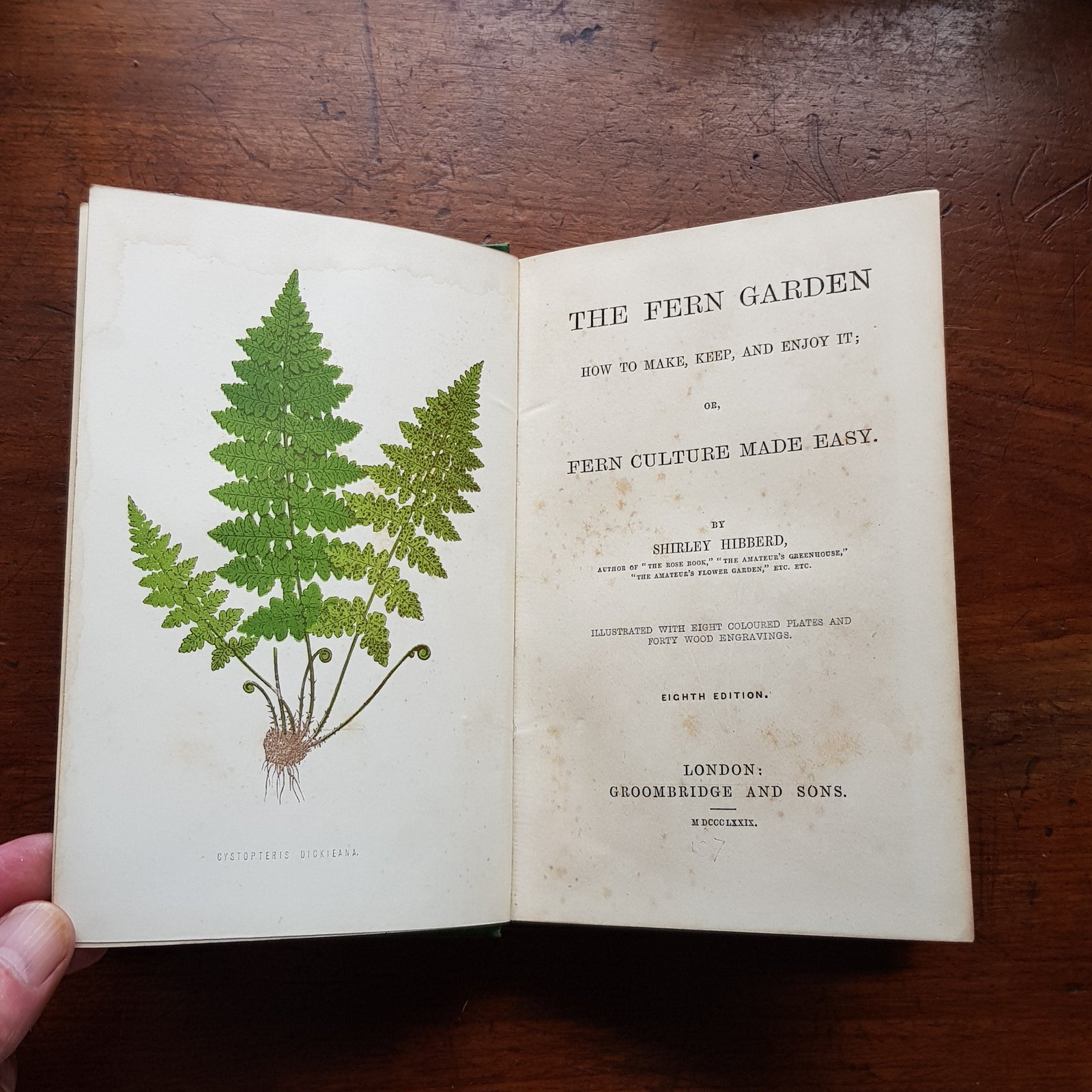Pteridomania: When the Victorians Went Absolutely Potty for Ferns

Move over, tulip mania. Step aside, Beanie Babies. In 19th-century Britain, the true botanical hysteria was... ferns.
Yes, ferns. The leafy green things that grow in damp corners and look like the plant equivalent of a lacy doily. But to the Victorians, they were objects of high romance, scientific mystery, and, in some cases, frankly unhinged devotion.
This national obsession was dubbed Pteridomania, a term coined by Charles Kingsley in 1855. It translates loosely as “fern madness,” and the diagnosis was spot-on. Fern motifs crept into everything from wallpaper and fireplace tiles to jewellery, gravestones, and even ladies’ underwear (we assume tastefully embroidered, but it was the Victorians).
Collecting wild ferns became a competitive sport. Men and women in petticoats and top hats scrambled through moors, cliffs, and muddy ditches, risking life, limb, and social respectability for a particularly choice Polypodium. Special fern cases—miniature greenhouses for your parlour—were invented to keep your precious specimens alive and admired by guests who didn’t dare bring up your declining conversational skills.
Why ferns? They were ancient. Mysterious. Prehistoric. Exotic—but conveniently local. Plus, thanks to Darwin and friends, Victorians were suddenly obsessed with life’s origins, and ferns—untouched by the vulgarity of flowers—seemed a link to some pure, primeval Eden.
The craze finally wilted, of course. Tastes changed. Fern motifs gave way to Arts and Crafts stylings, and people realised you could enjoy greenery without risking a fatal fall down a Scottish ravine.
Still, in every shady garden nook today, there lingers a frond or two of Victorian madness
Leave a comment
Comments will be approved before showing up.



